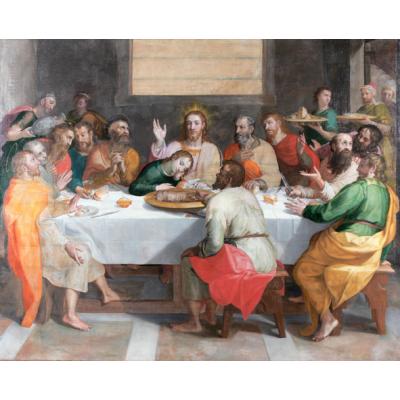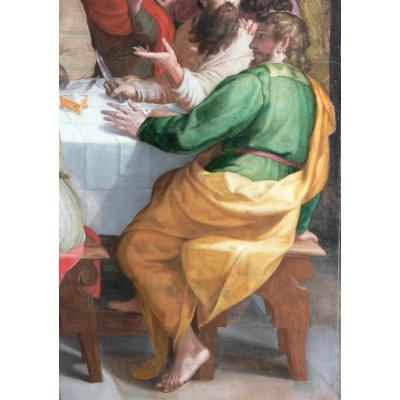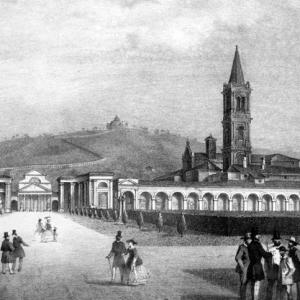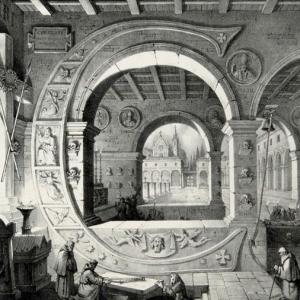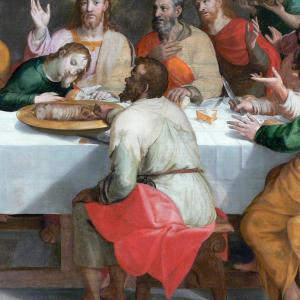Schede
In St. Joseph’s chapel in the Church of St. Jerome is a Last Supper originally from the convent refectory (now the cemetery’s Hall of Mercy) which is traditionally attributed to Orazio Samacchini based on information from Pietro Lamo and repeated in 17th-18th century guides. Through a clever comparison with a drawing kept in the Louvre – identified as preparatory to the Certosa painting - J. Winkelmann correctly attributed the work to Lorenzo Sabatini. Among the first documents on the painter’s work is a letter he wrote to Vasari in 1562, promising to send him a not further specified drawing of his. Ragghianti was the first to recognise this drawing in the Last Supper kept in the Louvre: pasted on a single sheet, besides the Supper, were three other drawings - Christ among the Elders, Hercules and Cerberus, and Saint Peter – all attributed to Sabatini but from different periods of his career. Comparisons of the drawing with the Certosa painting left no doubt as to the attribution to Sabatini and allowed the drawing and painting to be dated around 1562. We are therefore in a not yet mature phase of the painter, who was strongly influenced by Pellegrino Tibaldi and the figurative culture circulating in Bologna and going from Nicolò dell'Abate to Prospero Fontana.
Elegance and quality, therefore, which also look to Vasari, known not only through the works already in the city in 1539 but also through Prospero Fontana’s interpretation in the Palazzo Pubblico Cappella del Legato frescoes, also from 1562, in which he shows his great knowledge of the Vasarian and Tuscan-Roman Mannerist culture. It was precisely in those years that close collaboration of Sabatini and Fontana was suggested. The recently restored large canvas clearly reveals that it remained unfinished, proof of this being the different areas of the painting, the central window especially, in which the lack of imprimitura shows the canvas weave and lines. However, where the pictorial work is finished we can appreciate the high quality of the details, the paint application, and the gentleness of John and Christ’s faces. Their physiognomy particularly reminds us of Bagnacavallo the elder and was used by Sabatini in later works, e.g. the Pinacoteca’s Supper at Emmaus. The elegance of the figures, the tapered hands, some accentuated profiles, the variety of composition and stances of the Apostles and servants, and the attention to the natural details of light and shadows make us regret not having the finished canvas before our eyes.
Ilaria Francia

